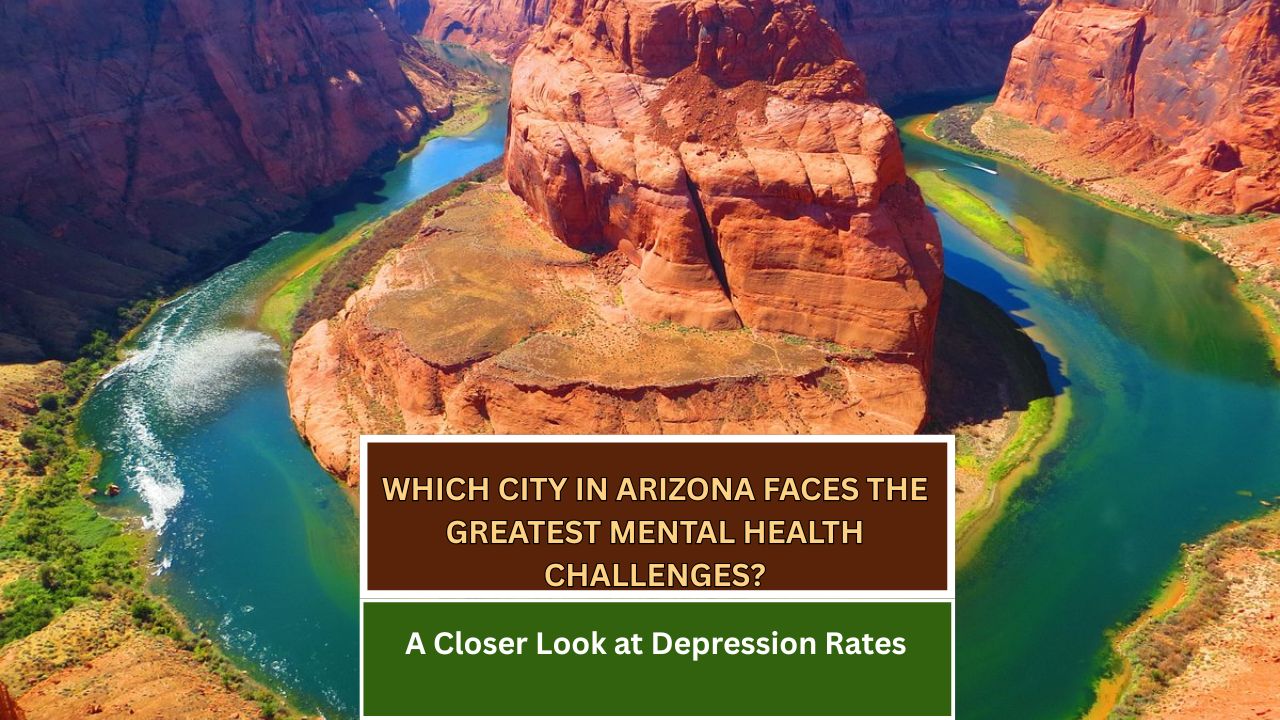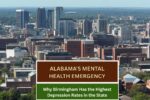Hawaii is often regarded as one of the happiest and healthiest states in the U.S., known for its laid-back lifestyle, tight-knit communities, and picturesque landscapes. But recent findings reveal a darker reality unfolding in parts of the state—particularly in Maui—where the 2023 wildfires have ignited an alarming mental health crisis.
A University of Hawaii study published in early 2024 uncovered that more than half of wildfire survivors in Lahaina and surrounding Maui communities reported symptoms of depression. This marked a dramatic increase from the estimated 33% of Maui residents who reported depressive symptoms in early 2023—months before the fires struck (The Guardian).
The destruction of entire neighborhoods, personal losses, and ongoing housing instability have contributed significantly to the mental toll. While Hawaii as a whole has relatively low reported rates of depression—about 13.9% compared to the national average of over 22%—the wildfire’s impact has made Lahaina and broader Maui arguably the most depressed region in the state.
Hawaii’s Low Depression Rate Belies Localized Crises
According to America’s Health Rankings, Hawaii consistently ranks near the bottom of national charts when it comes to depression and other mental health issues. Cities such as Pearl City and Honolulu report especially low levels of depressive diagnoses.
But researchers and mental health experts caution against seeing these statistics as representative of the entire state. In the aftermath of the 2023 disaster, Maui has become an exception, and the island’s situation showcases how natural disasters can rapidly shift the mental health landscape of a community.
Wildfires Leave Lasting Psychological Scars
The 2023 Maui wildfires were among the deadliest and most destructive in U.S. history, claiming nearly 100 lives and destroying over 2,200 structures. The fires devastated historic Lahaina Town, leaving thousands displaced.
A joint study by the University of Hawaii and several healthcare institutions tracked the health outcomes of residents six months post-disaster. The results were grim. Beyond depression, a majority of survivors reported respiratory issues, anxiety, insomnia, and chronic stress.
The study noted that nearly 60% of respondents showed signs of moderate to severe depression—a number far exceeding both the national and state averages.
Mental Health Services Strained
Local health agencies, including the Hawaii State Department of Health, have struggled to keep pace with the surge in mental health needs. In Lahaina and surrounding towns, counseling services, trauma response units, and crisis helplines have been overwhelmed.
“There was already a shortage of licensed counselors in Maui before the wildfires,” said a spokesperson from Hawaii’s Department of Health. “Now the demand has more than doubled, especially among families who lost their homes.”
Community-driven efforts, such as pop-up therapy clinics and mobile mental health units, have attempted to fill the gap. Nonprofit organizations, including Mental Health America of Hawaii, have also stepped in to offer counseling and support groups tailored to wildfire survivors.
What Comes Next for Maui?
Experts warn that the mental health fallout from natural disasters often lingers for years. Without consistent support and expanded mental health infrastructure, Maui may experience long-term societal and economic challenges linked to depression and PTSD.
As of 2025, state officials have proposed increased funding for rural mental health clinics and new programs aimed at disaster recovery and trauma counseling. But critics say these changes are too slow and too small to meet the scale of need.
“There’s no such thing as going back to normal,” said one Lahaina resident. “You can rebuild a house. But rebuilding peace of mind takes a lot longer.”
Resources for Those Affected
Residents seeking help can contact the following support services:
- Hawaii CARES 988: Call or text 988 for 24/7 free and confidential emotional support
https://health.hawaii.gov/amhd/hawaii-cares/ - SAMHSA Disaster Distress Helpline: 1-800-985-5990 or text “TalkWithUs” to 66746
https://www.samhsa.gov/find-help/disaster-distress-helpline - Mental Health America of Hawaii:
https://www.mentalhealthhawaii.org/
Conclusion
Hawaii remains a beacon of natural beauty and well-being for many, but the aftermath of the 2023 wildfires has exposed a critical vulnerability in its mental health system. As Lahaina and Maui struggle to heal, it is clear that depression and trauma may be the most invisible, yet most enduring, consequences of the fires.
This article has been carefully fact-checked by our editorial team to ensure accuracy and eliminate any misleading information. We are committed to maintaining the highest standards of integrity in our content.

Outside of work, he enjoys playing chess, following cricket, and writing short stories. His commitment to integrity and in-depth analysis strengthens OTE News’ mission of providing trustworthy journalism.




